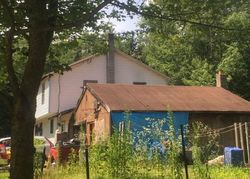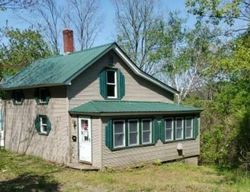Vermont Foreclosure Laws
In the state of Vermont it takes the lender 210 days to run the completion of a typical foreclosure proceeding. That is a full seven moths from start to finish although it can run a little longer or a slight bit less.
The judicial foreclosure in Vermont follows the strict foreclosure process based on the premise that the lender owns the property until the mortgage is paid. If the borrower should break any of the conditions of the mortgage, the lender can take possession of the property and / or arrange for its sale. In order to follow this method, the lender has to first sue the borrower to obtain a decree of foreclosure. Once that has been filed the borrower only has five days in which to object to the decree.
The good part here for the borrower is that if the property being foreclosed and sole consists of two units or less and it is the borrower’s principal residence, then the sale may not take place for seven months following the issuance of the decree by the court system.
In non-judicial foreclosure the lender has to sell the property to satisfy the loan balance and the borrower has to receive a notice of intent to foreclose at least 30 days before publication of a notice of sale.
The borrower may stop the sale at any time prior to the sale date by paying the full amount due on the mortgage plus costs. Following the sale, the borrower has six months in which to redeem the property.





